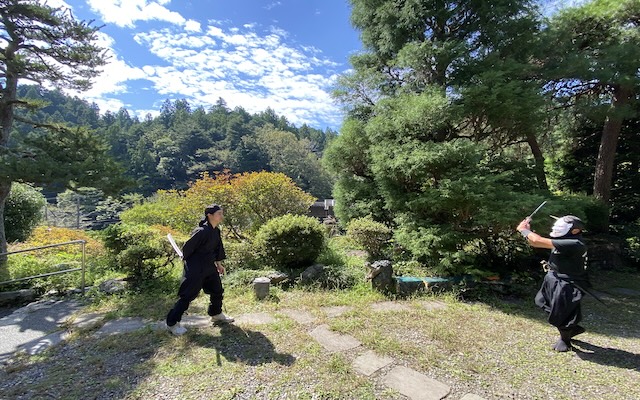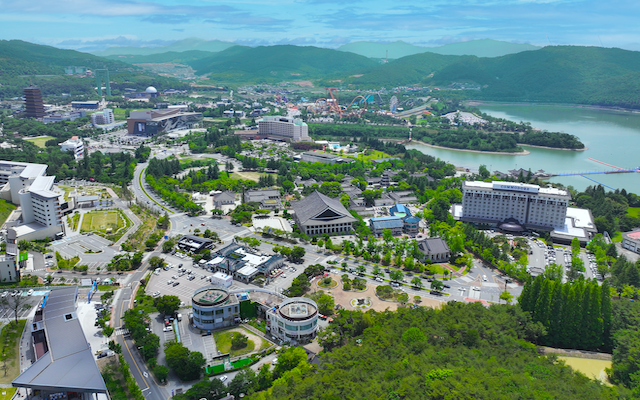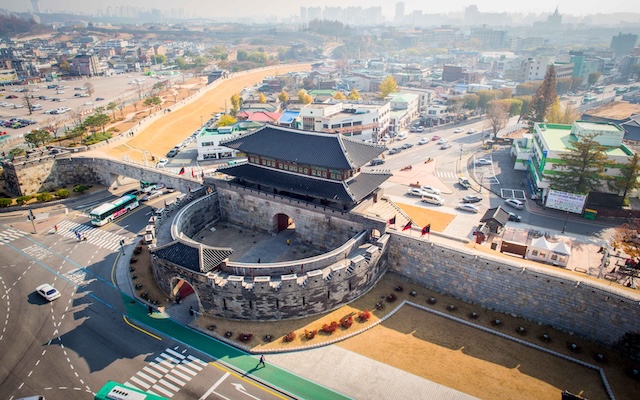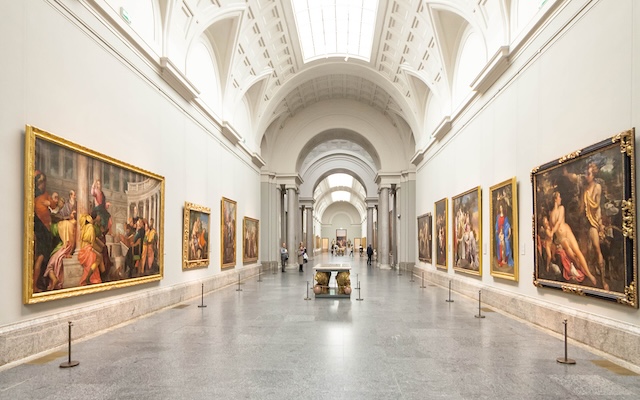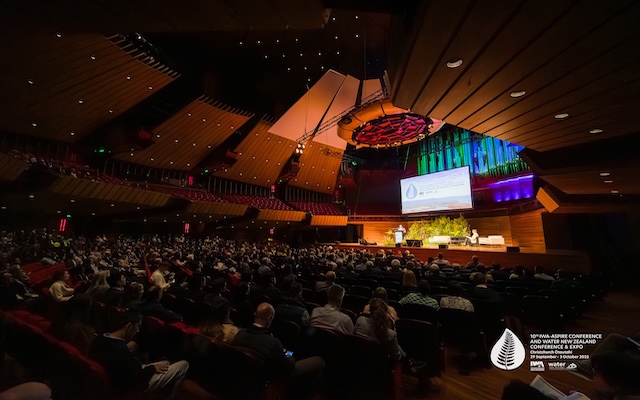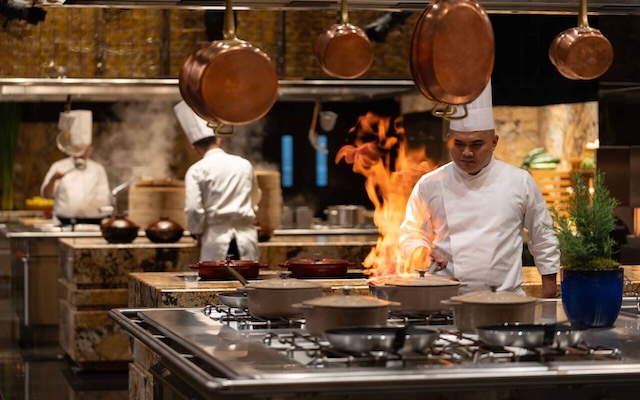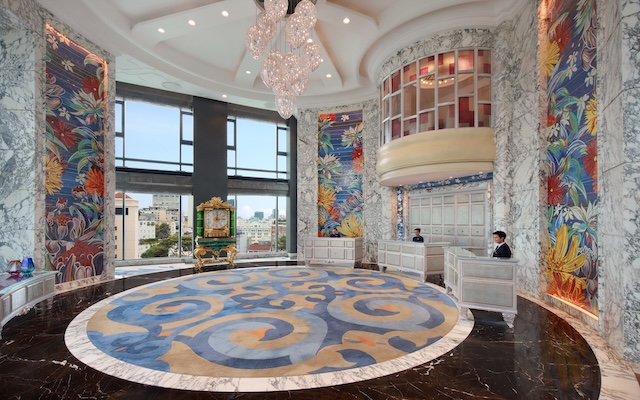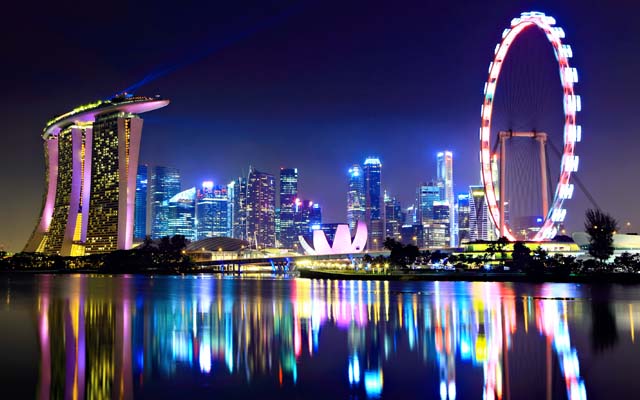
Singapore’s tourism leadership has unveiled its vision for the industry across the next two decades while highlighting a global landscape fraught with intensive competition for the tourism dollar and challenges of a rapidly ageing world as well as business opportunities arising from Asia’s continued importance to the global economy and further technology advancement.
Singapore’s minister for sustainability and the environment and minister-in-charge of trade relations, Grace Fu, underlined three visions for Singapore as the country approaches 2040: a world class destination with diverse, unique and inspiring experiences for visitors; a vibrant and endearing home that Singaporeans and residents proudly advocate for; and a global hub of innovative and productive tourism enterprises, where companies and talents co-create sustainable tourism growth.

Reflecting on these visions, Fu said: “While 2040 may seem like some time away, the work starts today. Changi Airport’s Terminal 5 is expected to be operational around mid-2030s. URA is also reviewing the Master Plan for 2025 which will outline key developments and plans for the next 10 to 15 years.
“We need to act decisively today to capture future opportunities. For a start, we should start thinking about where we want to be collectively as one destination Singapore, and set plans in motion to develop our competitive advantages.”
To set the route towards Tourism 2040 objectives, Singapore Tourism Board (STB) will conduct a series of engagements and workshops with industry players, members of the public, and representatives from institutes of higher learning, with the intention of encouraging all to contribute to the conversation on the future of tourism.
Between now and then, Singapore’s tourism industry players will need to pay attention to “global trends and major shifts over the next decades that will impact our workers, our business and our industry”, as they leverage immediate opportunities to collectively “fend off the competition”, remarked STB’s chief executive Melissa Ow.
“The world is ageing rapidly,” she said, noting that the population of individuals aged 65 and above is estimated to double to more than 1.3 billion – and half of this demographic will reside in Asia.
“This phenomenon will be one of the greatest social, economic transformations of our time and will no doubt, impact consumption patterns, lifestyles, and of course, travels,” she said.
Ow also noted that Asia will remain as the engine of growth for the global economy, driven by the major economies of India, China and South-east Asia. This region will also lead the way for global wealth, thanks to the vibrant start-up scene and wealth creation of first-generation entrepreneurs and inter-generational wealth transfers
This could well spur business event activity in Singapore while growing affluence would fuel leisure travel and demand for experiences.
“At the same time, the quality of lifestyle experiences and tourism offerings in the home countries of our visitors and across many of our competitor destinations will become more compelling. There will be a premium on what is intrinsically unique and that which truly delivers quality and value,” she forecasted.
Pointing to a third trend to watch, Ow said technology advancements would accelerate in the next decade, potentially bringing about greater product innovations and productivity breakthroughs.
“The key question for us is, will Singapore continue to appeal and win over our visitors?
“Tourism 2040 is therefore a planning roadmap to identify and align our efforts around new growth areas for the sector as we embark on the next phase of our quality tourism journey,” Ow added.
While recognising the value of a yield-driven strategy, Ow said incremental growth in visitor numbers was just as “necessary to sustain a baseload demand for many of our tourism businesses”.
To achieve that volume, Singapore must grow its core visitor base that is made up of leisure, business and corporate event visitors.



